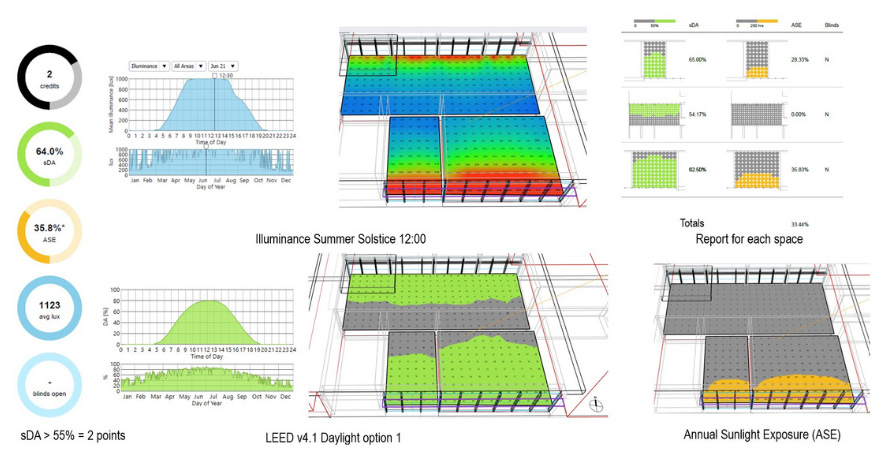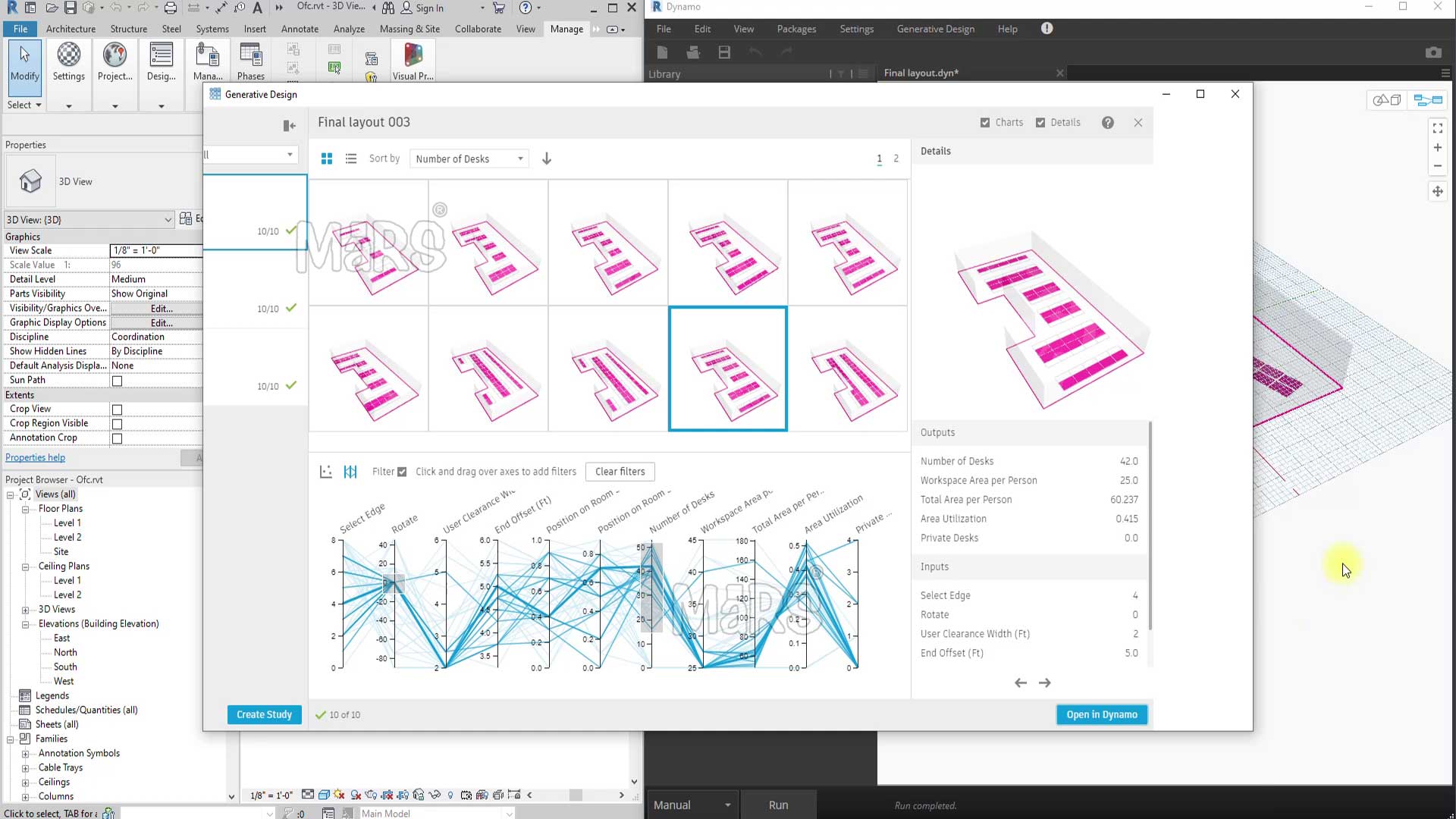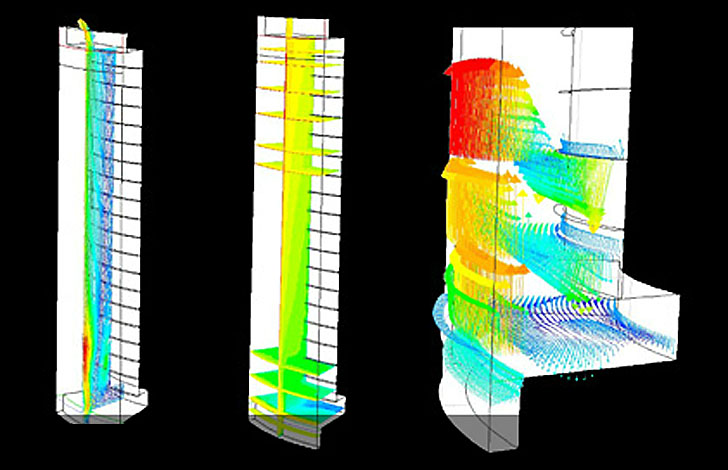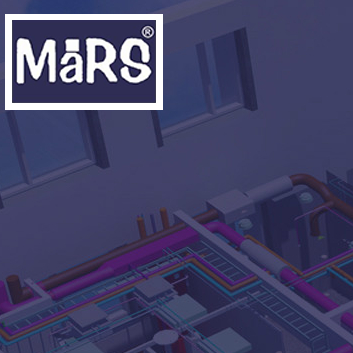Technical Area | Articles
The place to solve all your BIM doubts
Why BIM is the Go-To Tool for Sustainable Design Goals?
Sustainable goal achievers love BIM for its ability to help them create more environmentally friendly and cost-effective.
BIM Implementation 3D / VDC Sustainability Strategies BEP
But BIM's impact goes beyond just improving the efficiency and accuracy of the construction process. In fact, BIM is increasingly being used to drive sustainable design, helping architects and engineers to minimize the environmental impact of building structures. Here are some of the unique and creative ways that BIM is improving the way building structures impact today's environment:
Benefits of BIM for Sustainable Design
BIM's ability to provide accurate and detailed 3D models of building designs is particularly beneficial for sustainable design. With BIM, architects and engineers can more easily model and analyze the environmental impact of different design choices, such as the use of specific building materials, lighting systems, or HVAC components. BIM can also be used to optimize building orientation and shape for maximum energy efficiency, as well as to simulate the impact of different weather conditions and climate scenarios on building performance.Innovative Uses of BIM in Sustainable Design
One of the most exciting and innovative uses of BIM in sustainable design is its potential to enable "generative design". Generative design is an approach that uses algorithms and machine learning to optimize building designs for specific environmental and performance goals. With BIM Implementation Support, generative design can be used to quickly and easily generate hundreds or even thousands of possible building designs, each with its own unique balance of environmental impact and performance. Architects and engineers can then select the best design from this array of possibilities, ensuring that the final building design is optimized for both sustainability and performance.

BIM has become an essential tool for sustainable goal achievers in the architecture and building design industries. Here are some reasons why:
- BIM enables sustainable design from the start: With BIM, architects and building designers can start designing with sustainability in mind from the very beginning. They can simulate different scenarios and make informed decisions about materials, energy efficiency, and other factors that impact the building's environmental footprint.
- BIM helps to reduce waste: BIM allows architects and building designers to plan and optimize the use of materials, reducing waste and minimizing the environmental impact of construction.
- BIM improves energy efficiency: BIM can be used to simulate the energy performance of a building, allowing architects and building designers to optimize the design for energy efficiency. This can result in significant cost savings on energy bills and reduce the carbon footprint of the building.
- BIM helps to identify sustainability issues: BIM can be used to identify potential sustainability issues in the design, such as poor ventilation, inadequate insulation, or inefficient use of space. This enables architects and building designers to make adjustments before construction begins, avoiding costly mistakes and ensuring that the building is as sustainable as possible.
- BIM enables collaboration: BIM allows architects, building designers, and other stakeholders to collaborate more effectively on sustainable design projects. This can result in better outcomes and more sustainable buildings.
Case Studies
Many real-world building projects have already used BIM to drive sustainable design. For example, the new Shanghai Tower in China, the world's second-tallest building, used BIM to optimize its design for wind resistance and energy efficiency.

BIM allowed the design team to simulate different wind scenarios and to adjust the building's shape and orientation to minimize wind loads and improve energy performance. By BIM implementation in Shanghai Tower, The resulting building is not only a striking architectural achievement, but also one of the most energy-efficient skyscrapers in the world.
Future of BIM in Sustainable Design
Looking ahead, the future of BIM in sustainable design is bright. With the continued development of machine learning and artificial intelligence, BIM tools will become even more sophisticated and powerful, enabling architects and engineers to create even more optimized and sustainable building designs. Additionally, the integration of BIM with other tools and platforms, such as virtual and augmented reality, will further improve collaboration and data sharing, making sustainable design a truly integrated and seamless part of the construction process.Conclusion
BIM has already transformed the construction industry, but its impact on sustainable architectural design is only just beginning. With its ability to provide accurate and detailed 3D models of building designs, BIM is uniquely positioned to help architects and engineers minimize the environmental impact of building structures. By embracing the innovative and creative uses of BIM in sustainable design, the construction industry can continue to create buildings that are not only beautiful and functional, but also environmentally responsible and sustainable.Source: https://www.marsbim.com/blog/the-new-age-is-exploring-green-architecture/











